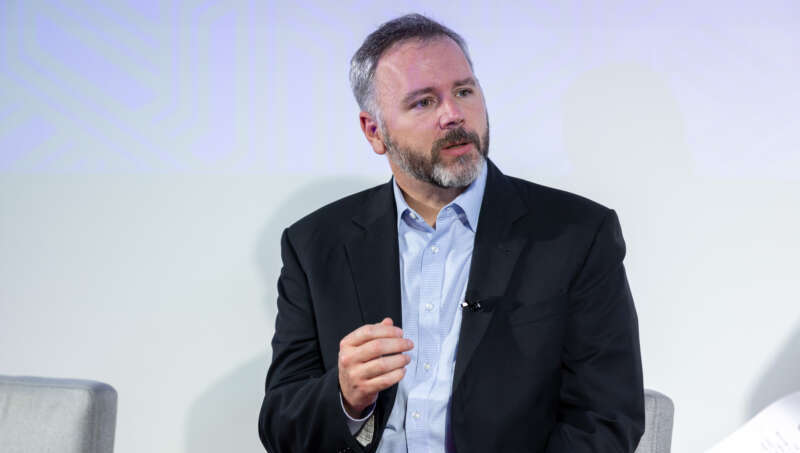
While the chief AI officer (CAIO) is still a relatively new position within most Federal agencies, an official from the Government Accountability Office (GAO) on Thursday argued that CAIOs need to be given more of “a seat at the table” in order to effect change.
Kevin Walsh, a director of IT and cybersecurity at GAO, joined MeriTalk’s Innovation Intersection event on Thursday evening where he explained that there are still a lot of unanswered questions about the role of the CAIO.
“Part of me can’t help but ask, first of all, when we’re talking about chief AI officers, who’s the boss? Who do they report to? And when we look at that, we see sometimes that chief AI officers might be reporting to the senior deputy under secretary of, you know, basement management,” Walsh said. “So, that’s different than having a seat at the table.”
President Biden’s October 2023 AI executive order tasked agencies with naming CAIOs to oversee the government’s use of the emerging technology. The White House Office of Management and Budget (OMB) then issued official guidance to agencies in March that gave agencies until the end of May to fill the CAIO position.
While CAIOs have only been in their positions for a few months, Walsh compared CAIOs to the evolution of the chief information officers (CIOs).
CIOs were once solely focused on overseeing an agency’s IT systems, but in recent years Walsh said they were “given a seat at the table” so that they can “effect change” as strategic business partners – in large part thanks to the FITARA Scorecard.
“Our chief AI officers – and it’s still not clear to me if the chief AI officer is the same thing as the responsible AI official from earlier guidance – are they just wearing the chief AI officer hat, or are they also the CISO or CIO or scientist somewhere,” Walsh said.
“Is a part-time chief AI officer really going to cut the mustard when we’re talking about blocking the door and keeping AI out of agencies?” he asked.
On Thursday, OMB issued new guidance specific to the responsible acquisition of AI. Notably, the new policy directs each CAIO to submit a plan ensuring strategic coordination between the CIO, chief information security officer, chief financial officer, chief technology officer, and other relevant officials.
In discussing the new guidance, Walsh said, “I like the idea of involving the chief AI officer more in acquisitions, but that’s only one way that we’re going to be seeing AI come into the house.”
Additionally, Walsh noted that agencies probably aren’t setting out to simply purchase a large language model. He explained that AI will be built into many tech tools, so the bureaucratic processes for what counts as an “AI acquisition” might become murky.
“So, yes, empower our chief AI officers, don’t have them just be a policy shop, have them actually involved in the monitoring and control, but it’s going to be hard to set up a new, almost silo, in an organization,” Walsh said.
“I think as we do it, we need to make sure they’re not just another bureaucratic checkpoint. We’ve got to figure out how they can add value and not just gatekeep,” he concluded.
